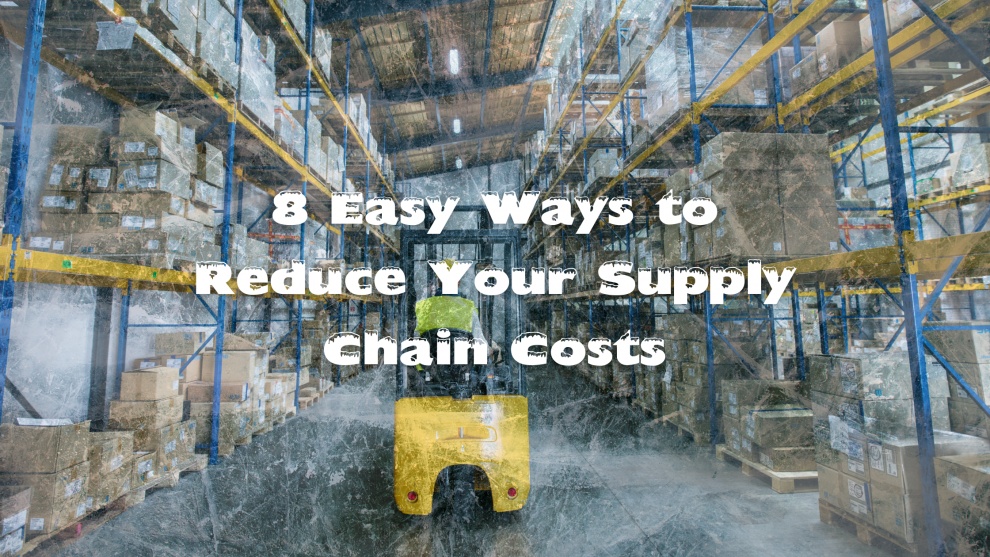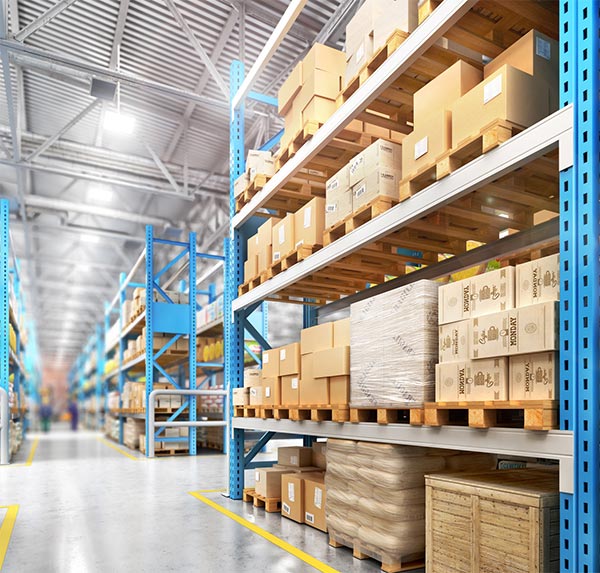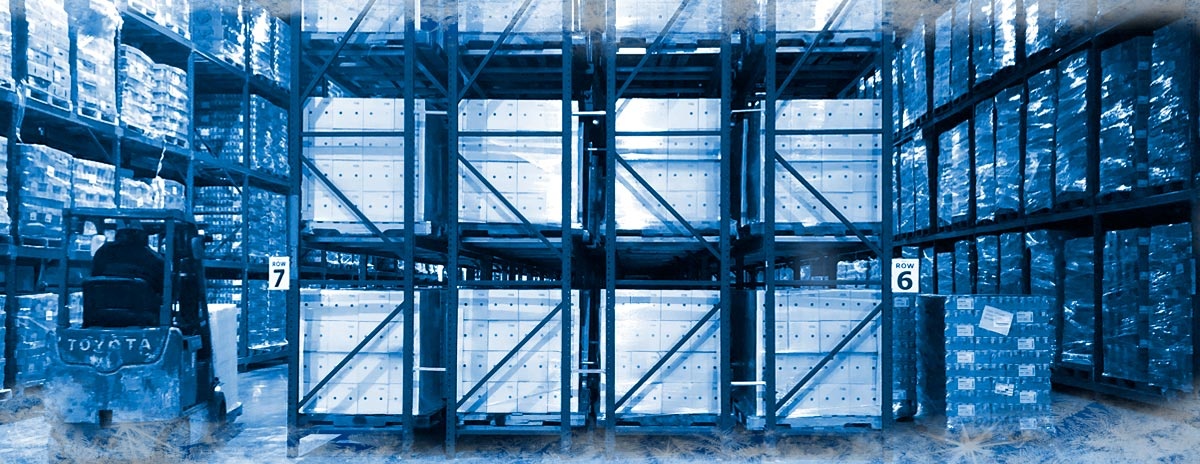
8 Easy Ways to Reduce Your Supply Chain Costs
If 2020 taught us anything, it's that the businesses that survived—and even thrived—through the pandemic were those that knew how to adapt when they needed to.
When times are great, it's easy to increase your sales and marketing spend to increase profits. When times are tough, however, you need to make the most of every sale—and that often means cutting down on your supply chain expenses.
If your business is in need of just such a solution, here are eight surefire strategies for reducing your logistics and supply chain costs.
1. CONDUCT A COMPLETE COST ANALYSIS
Before you do anything else, you should begin by analyzing the total cost of your supply chain operations. Of course, there are going to be things outside of your control, such as insurance, taxes, and handling fees. But, once you remove those from the equation, you can more clearly see where all the money is going.
Logistics-related expenses you can control include transportation, staffing, inventory, and marketing. When you're able to look into each of these areas, you'll be surprised how easy it is to significantly cut down and streamline your supply chain costs.
2. DEVELOP A SUPPLY CHAIN STRATEGY
Now that you've completed your cost analysis research, the logical next step is to develop and document your company's supply chain process. Whether you're updating an existing document or starting from scratch, this exercise will help you identify and obtain your logistics performance goals.
Your supply chain strategy should meet the following criteria:
- Addresses both business goals and customer needs
- Involves all company departments (management, sales, marketing, R&D, manufacturing, etc.)
- Identifies all pain points and agreed-upon strategies for overcoming them
- Is clearly written and understood by all members of the team
Once your supply chain strategy document is complete (and signed off on by all parties), it's important that you meet regularly with your team to evaluate whether any changes need to be made.
3. MONITOR YOUR CUSTOMER DEMAND
At the end of the day, your company is in business to serve your customers, so it makes sense that any supply chain updates should revolve around them too. By analyzing the demand of your customers over the course of a year (or more, if you have the data), you can quickly reveal important patterns to better plan your operations.
Are certain products selling far more than others? If so, allocate more resources to those top sellers and create leaner systems for the underperforming ones—assuming you still want to keep them.
Do some products sell better at a particular time of year? Use this information to better manage inventory, supplies, and seasonal staffing.
4. MAINTAIN PROPER INVENTORY LEVELS
It should come as no surprise that companies that maintain proper inventory have a much better chance to reach long-term sustainability and success. If you have too many products on hand, you'll end up paying more for warehousing and can become unorganized quickly. If your inventory is too low, you run the risk of hitting your customers with out-of-stock messages and potentially losing them forever.
One smart way to avoid these issues is to implement a Just-In-Time (JIT) inventory management system. A JIT system allows you to order and receive new inventory only when you need it, which can help you cut down on unnecessary storage expenses.

5. MAKE THE MOST OF YOUR SPACE
Once you have your inventory levels under control, it's time to utilize every inch of your facility to see where you can further cut down on costs. If you find your space is now too large (or too small), you can take steps to right-size your business and find a new building or buildings to occupy.
If space isn't the issue for you, perhaps you can find a way to be better organized to improve efficiency and cut down on the time it takes for order fulfillment. Are the most popular items the closest and easiest to reach? Are items that are commonly purchased together also grouped in the warehouse? Putting a little thought into things like this can have a huge, long-lasting impact on your bottom line.
6. IMPLEMENT AUTOMATION WHERE YOU CAN
While it may sound like a trendy buzzword, supply chain automation is definitely here to stay. And while some companies may be initially turned off because it sounds like an expensive and time-consuming solution, it's actually not as bad as you might think thanks to significant advancements in technology.
Hire a local logistics professional to come into your warehouse or fulfillment center and perform an assessment of your operations. They can then make recommendations for where to implement state-of-the-art technology and the most up-to-date industry standards so you can start running your operations more efficiently and effectively.
7. UTILIZE BETTER PACKAGING
If you want a great example of how a minor adjustment to your packaging can save you a ton of money, look no further than Domino's Pizza. By developing—and trademarking—a new pizza box design that removes the bottom two corners, they were able to use about 1¢ less cardboard per box. While that may not seem like much, when you're a company that delivers 400 million pizzas per year, you can quickly do the math and realize it's far more than you initially thought.
Even if your company doesn't do nearly that kind of volume, you can still apply the same ideas to cut down on costs. Look at the boxes your items are typically packaged in. Are they often too big?
By ordering boxes that better fit your items, you will reduce:
- Supply costs: less cardboard and "filler" materials (packing peanuts, bubble wrap, etc.)
- Shipping expenses: larger boxes cost more to move
- Storage costs: smaller boxes take up less space
- Risk of damage: tighter packages are less likely to shift in transit
8. OUTSOURCE YOUR SUPPLY CHAIN OPERATION
In today's world, it's no longer a question of whether you should outsource your supply chain management. The real question business leaders are asking themselves is how much to offload to fully streamline their businesses and maximize profits.
By turning to a third-party logistics (3PL) professional, you can:
- Focus your efforts on your core business
- Significantly reduce operational costs
- Better meet customer demand
- Access additional resources and expertise
Want to learn more? Read our recent post on The Top 5 Advantages of Outsourcing Your Supply Chain Management.

GAIN A COMPETITIVE ADVANTAGE WITH FLORIDA FREEZER
At Florida Freezer, our team of logistics professionals has been helping our customers succeed for over 50 years, and they can do the same for you. We are a family-owned and operated 3PL company that specializes in transportation coordination and cold storage in the United States and Canada.
Contact us today to discuss the best solution for your business.
